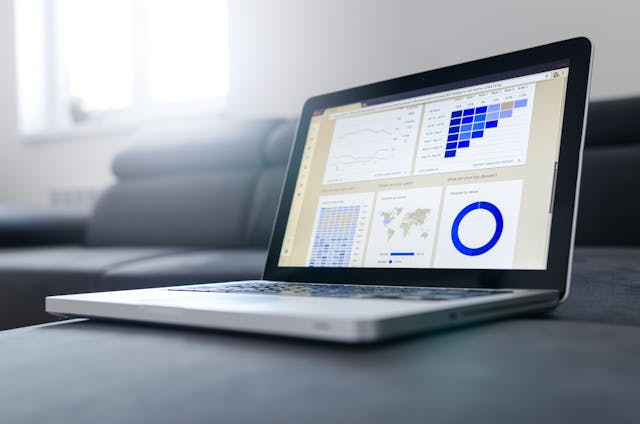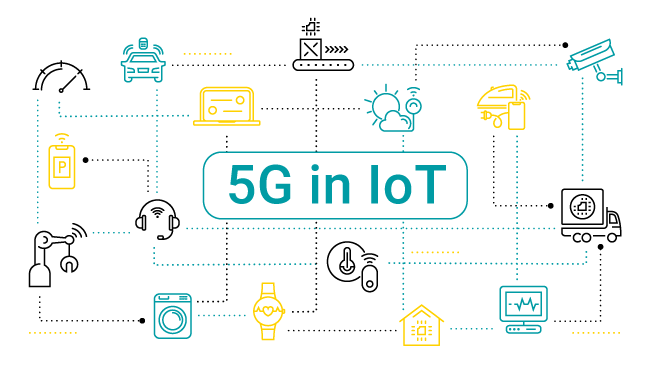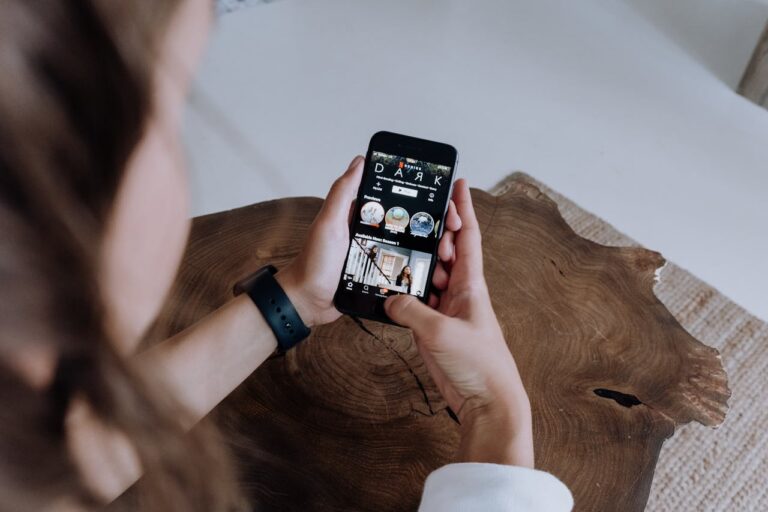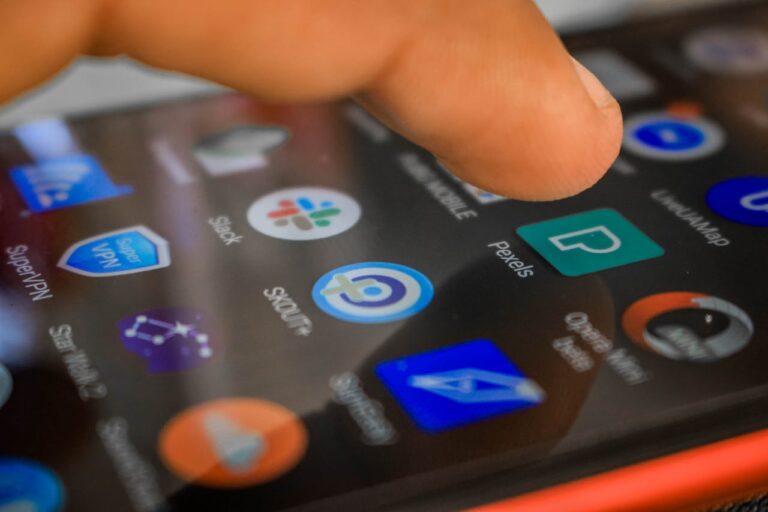Write Us: hello@ali5.org
Digital Minimalism: How Less Tech Can Make You More Productive
Explore digital minimalism in 2025 and how reducing tech use can actually make you more productive. Learn simple ways to reclaim your time, focus, and mental space.
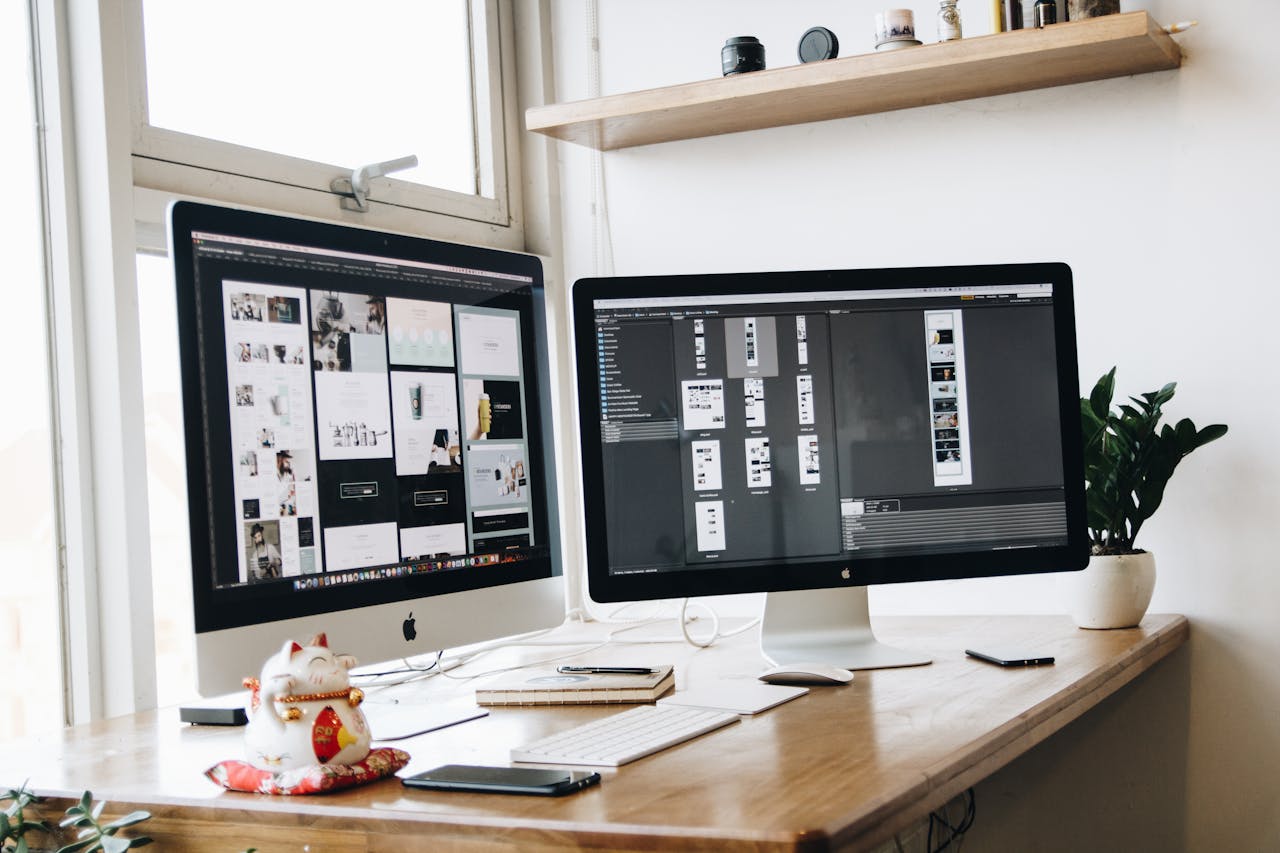
We’re constantly plugged in. Notifications buzz, tabs stay open for hours, and group chats never stop. We tell ourselves we’re being productive, but deep down, we know we’re not. We’re overwhelmed, distracted, and exhausted by tech that was supposed to make life easier.
That’s where digital minimalism comes in. It’s not about throwing your phone into a river or going off-grid. It’s about being intentional. Using tech on your terms. And weirdly enough, once you start using less, you get way more done.
Let’s unpack what digital minimalism actually is, and how it can change the way you work, think, and live.
What Is Digital Minimalism, Really?
At its core, digital minimalism is about quality over quantity when it comes to your tech use. It’s choosing the apps, tools, and platforms that truly add value, and cutting out the rest.
You stop default-scrolling.
You stop reacting to every ping.
You stop trying to multitask your way through 47 tabs.
Instead, you create space. Space to think. Space to focus. Space to actually finish things.
The term gained traction through Cal Newport’s book Digital Minimalism, where he makes the case that less digital noise = more deep work, clarity, and satisfaction.
Why Too Much Tech Is Killing Your Productivity
You probably already feel it. The mental clutter. The urge to check your phone every 10 minutes. The guilt of doing too many things and finishing none of them.
But let’s break down exactly why excessive tech use tanks your productivity.
1. Constant Context Switching
Every time you glance at your phone, jump from app to app, or reply to a quick message, you’re switching tasks. And every switch costs brainpower. It drains your energy and breaks your focus.
2. Low-Quality Information Overload
Your brain wasn’t built to process thousands of inputs per day. Social media, news, emails, and notifications all demand attention but offer very little in return. It’s like eating junk food all day and expecting to feel good.
3. The Illusion of Productivity
You check 20 emails, respond to a dozen messages, and feel busy. But busyness ≠ productivity. True productivity comes from focus, depth, and flow, not bouncing between shallow tasks.
What Happens When You Start Using Less Tech
Here’s the part that surprised me: when I started cutting down my screen time, I didn’t feel deprived; I felt free. I had more mental space. I was less anxious. And I finally had time for things I kept putting off.
Here’s what changed:
-
I started reading more books instead of articles I’d forget five minutes later.
-
I had deeper conversations because I wasn’t half-distracted.
-
My work sessions were sharper and shorter; I got more done in less time.
-
I slept better.
-
I felt less rushed, even though I was doing more.
That’s the paradox of digital minimalism: the less tech you use, the more life you get back.
How to Start Practicing Digital Minimalism (Without Quitting Everything)
You don’t need to delete every app or live in a cabin. Digital minimalism isn’t all-or-nothing. It’s about deliberate use. Here’s how to ease into it:
1. Do a Digital Declutter
Pick one week. During that week, remove all optional digital tools from your life. This includes:
-
Social media
-
News apps
-
Video streaming
-
Mindless games
-
Random notifications
Only keep the essentials, things you absolutely need for work, communication, or safety.
During the declutter phase, observe:
-
What do you miss, if anything?
-
What do you reach for out of habit?
-
What makes you feel calm or stressed?
At the end of the week, reintroduce only what adds value, not what adds noise.
2. Turn Off Most Notifications
Most notifications are distractions in disguise. You don’t need to know when someone likes your photo or when a sale goes live.
Turn off:
-
Social media notifications
-
News alerts
-
Shopping app pings
-
Random promotional texts
Keep:
-
Calls and texts from real humans
-
Calendar reminders
-
Important app alerts (if needed for work)
This one change can reclaim hours of focus every week.
3. Set “Screen-Free” Hours
Give your brain a break by creating screen-free zones in your day:
-
First hour after waking up
-
Last hour before bed
-
Meals and breaks
-
Creative or deep work sessions
You can set a timer, use “Do Not Disturb,” or even put your phone in another room.
Even a few hours per day of uninterrupted time can make a massive difference in your productivity.
4. Limit Social Media to One Slot Per Day
Instead of checking social media throughout the day, confine it to a specific time slot, say, 7 PM for 30 minutes. Set a timer. Then log off.
Why? Because scrolling is a time vortex. What feels like “just five minutes” easily becomes 45.
You don’t have to quit social media entirely. Just contain it.
5. Use Tech With Clear Intentions
Ask yourself this before opening any app:
“Why am I opening this?”
If you can’t answer clearly, don’t open it.
Intentional tech use means:
-
Opening YouTube to learn a skill, not watch 8 random videos
-
Checking email to send a specific message, not refresh endlessly
-
Picking up your phone to call someone, not just kill time
Be the boss of your tech, not the other way around.
6. Replace Screen Time With Real Activities
You can’t just remove tech; you need to replace it with something better. Try:
-
Reading a physical book
-
Journaling
-
Going on a walk
-
Having an actual conversation
-
Cooking without watching Netflix on the side
-
Practicing a hobby
Your brain needs low-input, high-reward activities to feel satisfied. Screens rarely deliver that.
7. Batch Shallow Work, Protect Deep Work
Not everything needs instant replies. Instead of constantly reacting, batch tasks like:
-
Responding to emails
-
Replying to DMs
-
Checking notifications
Set aside two slots per day for this. The rest of your time? Focus on deep work. The kind that requires real thinking, writing, problem-solving, and creating.
That’s where your best output comes from.
Final Thoughts
Digital minimalism isn’t about hating technology. It’s about using it wisely. Because the more mindless tech you cut out, the more intentional your time becomes.
You don’t need more apps, faster Wi-Fi, or five productivity hacks. You need less noise. More clarity. And the mental space to actually think and do.
Try it for a week. Remove the digital clutter. Reclaim your attention. You’ll be shocked by how much lighter and more productive you feel.
